Subscribe: Newsletters: https://www.pbs.org/newshour/subscribePBS NewsHour podcasts: https://www.pbs.org/newshour/podcastsStream your PBS favorites with the P…
Category: space – Page 219
Colonizing Ganymede
Go to https://hensonshaving.com/isaacarthur and enter “isaacarthur” at checkout to get 100 free blades with your purchase. Ganymede is an enormous moon, larger than any other we’ve found, including our own, and may one day be the centerpiece of wider human settlements around Jupiter. Visit our Website: http://www.isaacarthur.net Join Nebula: https://go.nebula.tv/isaacarthur Support us on Patreon: / isaacarthur Support us on Subscribestar: https://www.subscribestar.com/isaac-a… Group:
/ 1,583,992,725,237,264 Reddit:
/ isaacarthur Twitter:
/ isaac_a_arthur on Twitter and RT our future content. SFIA Discord Server:
/ discord Credits: Colonizing Ganymede Episode 449; May 30, 2024 Written, Produced & Narrated by: Isaac Arthur Graphics: Jeremy Jozwik Kristijan Tavcar Rapid Thrash Sergio Botero YD Visual Music Courtesy of Epidemic Sound Epidemic Sound http://epidemicsound.com/creator Stellardrone, “Ultra Deep Field”, “Red Giant”, “Billions and Billions”, “Cosmic Sunrise” Lombus, “Hydrogen Sonata”, “Cosmic Soup”
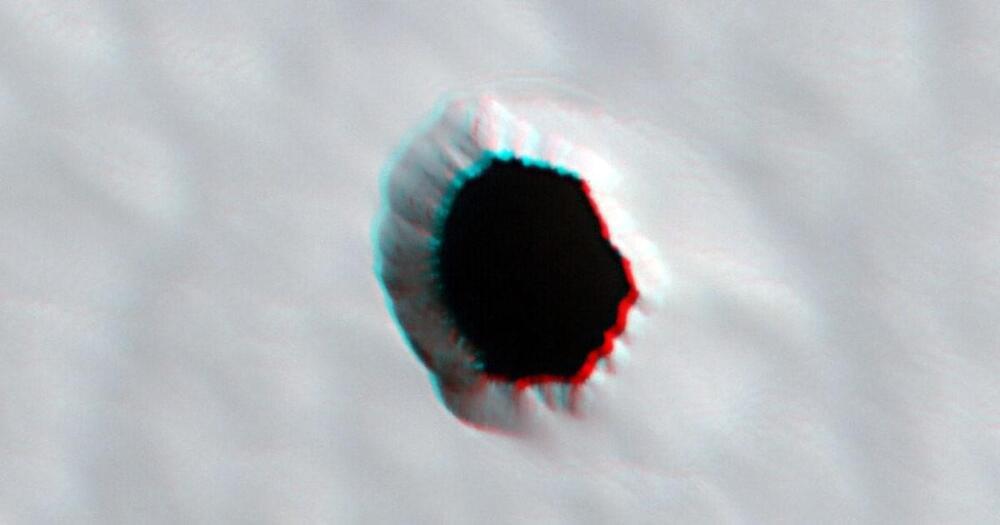
Scientists Intrigued By Almost Perfectly Circular Pit on the Surface of Mars
Link :
NASA’s Mars Reconnaissance Orbiter (MRO) has discovered another intriguing formation on the planet’s barren surface.
As spotted by Universe Today, the spacecraft captured this image of a satisfyingly circular pit — and what its dark, yawning entrance leads to remains a question high on the minds of Mars scientists.
The image, “acquired to determine if any underlying void … and associated faults” were in the region, was taken with the High-Resolution Imaging Science Experiment (HiRISE) camera, a powerful lens capable of detailing the Martian surface in both visible and near-infrared light.

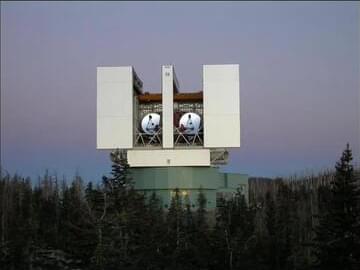

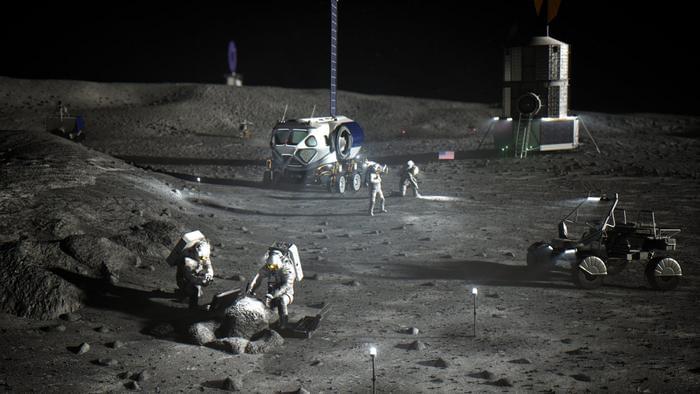
Necessity of Sustainability on the Moon and Mars
As humanity travels back to the Moon in the next few years and potentially Mars in the next decade, how much of a role should planetary protection play regarding the safeguarding of these worlds? This is what a recent study published in Space Policy hopes to address as a team of international researchers discuss prioritizing planetary protection and sustainability could not only aid in space exploration but also sustainability on Earth, as well.
For the study, the researchers propose the expansion of current planetary protection policies to help safeguard against security, orbital debris, and crowding, as current policies only focus on preventing biological contamination from human activities. While biological contamination might not be a concern on the Moon given it lacks the necessary conditions to support life, the planet Mars is hypothesized to have once possessed microbial life deep in its ancient past and could potentially be hosting life beneath its surface.
“Sustainability must become a core principle of human space exploration,” said Dr. Dimitra Atri, who is an investigator in the Center for Astrophysics and Space Science at NYU Abu Dhabi and lead author of the study. “Just as we view climate change as the great challenge facing our terrestrial human society, the space community should begin to address space sustainability with the same urgency.”
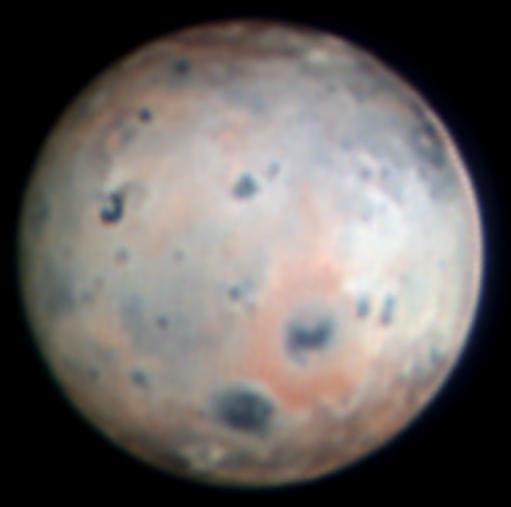
Observations of Jupiter’s Moon, Io, with SHARK-VIS
“Sharper images at visible wavelengths like those provided by SHARK-VIS and LBT are essential to identify both locations of eruptions and surface changes not detectable in the infrared, such as new plume deposits,” said Dr. Imke de Pater.
Can ground-based telescopes obtain the same image resolution of planetary objects as space-based telescopes, or even spacecraft directly orbiting other worlds? This is what a recently submitted study to Geophysical Research Letters hopes to address as a team of international researchers investigated volcanic activity on Jupiter’s innermost Galilean Moon, Io, using a high-resolution ground-based telescope. This study holds the potential to help researchers gain insights into Io’s volcanic activity along with developing new methods in studying planetary bodies throughout the solar system using ground-based telescopes, as well.
For the study, the researchers used the SHARK-VIS instrument on the Large Binocular Telescope (LBT), which is located on Mount Graham in southeastern Arizona, to analyze images of Io obtained in January 2024 with the goal of learning more about the geological processes responsible for Io’s incredible volcanic activity, specifically tidal heating, as Io is the most volcanically active body in the solar system. in the end, the team was able to identify recent resurfacing events, specifically how volcanic eruptions from one site is covering another volcano on Io.
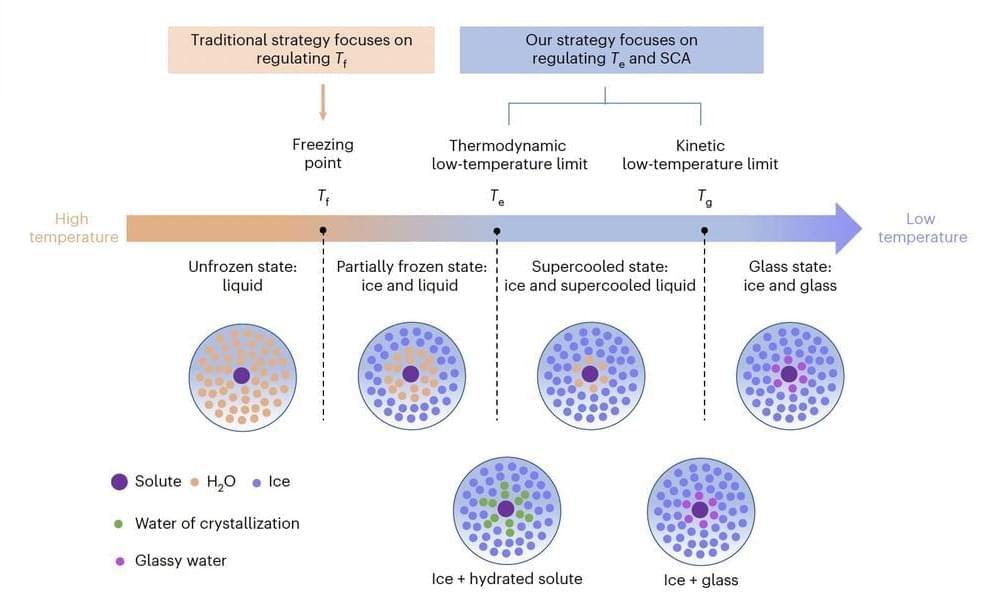

Boeing, NASA target June 5 for Starliner’s debut crew flight
Boeing and NASA said on Sunday that their teams are preparing to launch the new Starliner space capsule on June 5 after scrubbing its inaugural test flight launch attempt on Saturday.
The Starliner capsule had stood ready for blast-off from NASA’s Kennedy Space Center in Florida on Saturday before a ground system computer triggered an automatic abort command that shut down the launch sequence.
NASA said its teams worked overnight to assess the ground support equipment at the launch pad that encountered issues during the countdown and identified an issue with a ground power supply within one of the chassis which provides power to a subset of computer cards controlling various system functions.